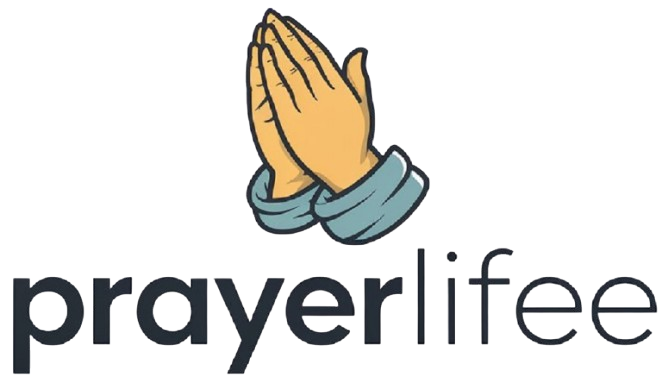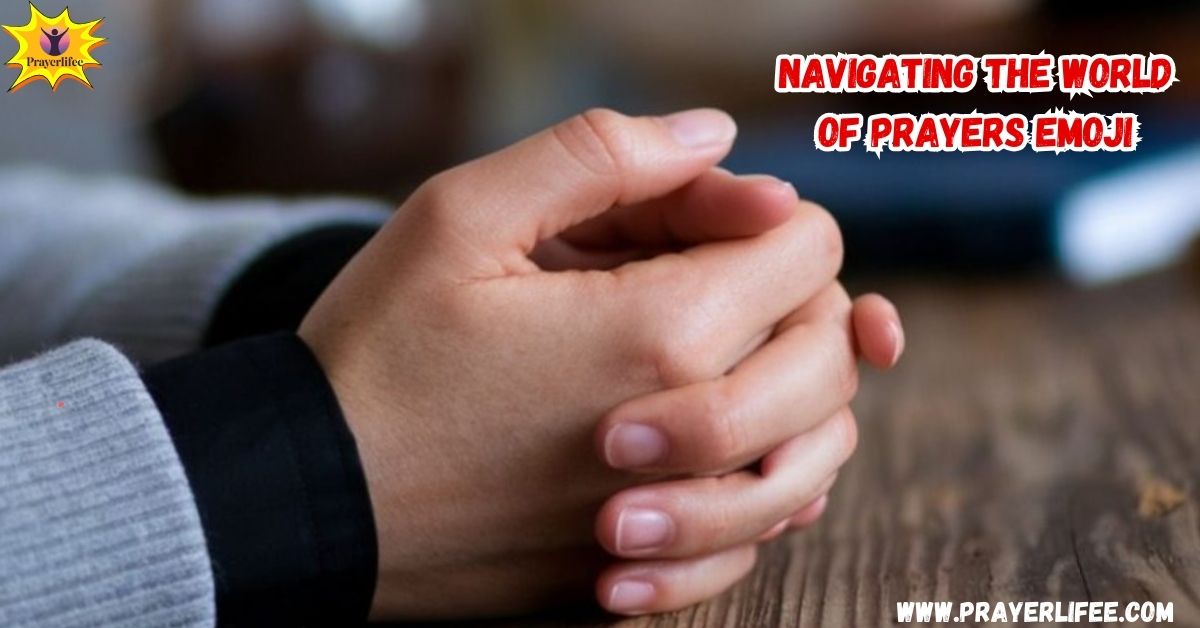In today’s digital world, emojis have become more than just cute icons we use to express emotions or reactions. Among the most powerful and versatile emojis is the praying hands emoji, often referred to as the folded hands gesture emoji. This simple yet meaningful symbol conveys a variety of emotions and sentiments, making it one of the most widely used digital prayer symbols. From spiritual emojis to emojis for emotional well-being,
In this blog post, we will explore the significance of the prayers emoji, tracing its history, understanding its impact on non verbal digital communication, and discussing how it has been adopted for a variety of uses, from expressing emotional support to offering well wishes. Whether you’re using it to send positive energy or to show empathy, the prayers emoji continues to bridge the gap between cultures and emotions in our increasingly digital world.
History of the Prayers Hands Emoji
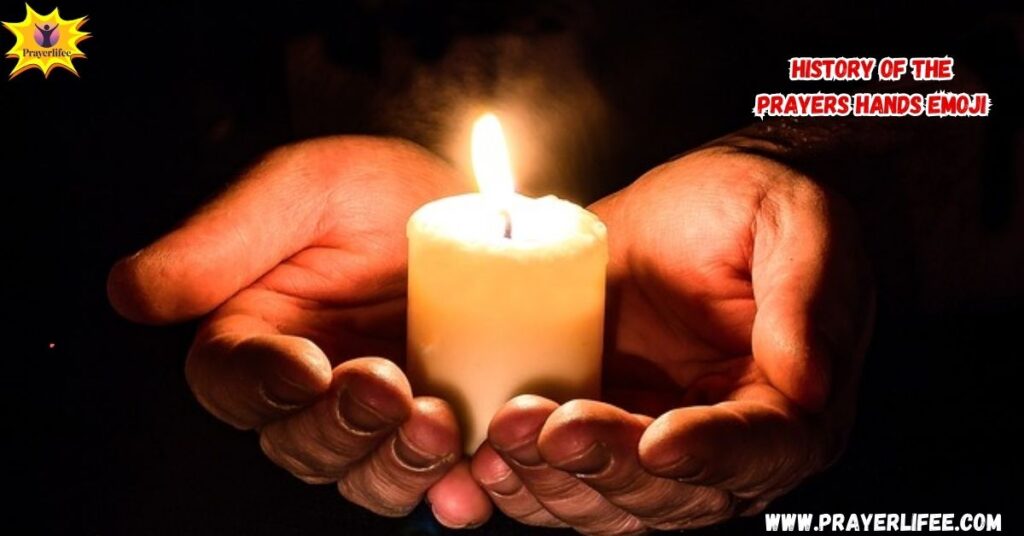
Early Use
The folded hands gesture emoji has been a part of human culture for centuries. The praying hands symbol has deep roots in religion, spirituality, and even everyday expressions of respect. This gesture is often used in many cultures to signify prayer, gratitude, or seeking blessings. In Christianity, the gesture is commonly associated with prayer and reverence, but it also appears in other religious traditions, such as Hinduism, where the gesture represents the “namaste” greeting, or even in Buddhist practices.
The praying hands emoji reflects this rich history. In its earliest forms, it was likely used in texts or artworks to convey humility, spirituality, or connection to a higher power. Over time, as digital communication began to evolve, this age-old gesture was adapted into the emoji format to bring its message into the digital space.
Adoption as an Emoji
The praying hands emoji was officially added to Unicode in 2010. Unicode is a standardized system that allows emojis to be displayed consistently across different digital platforms, such as iOS, Android, and Windows. When the emoji first appeared, its primary use was to represent prayer, religious sentiments, and acts of faith. However, as with many emojis, its meaning quickly evolved and expanded beyond just spirituality.
The emoji became a part of daily non-verbal digital communication, used in a wide range of contexts, from offering support to showing gratitude, and even sending well wishes emoji in moments of joy or sorrow. With its ability to express multiple emotions, the prayers emoji quickly became a universal symbol in the digital space.
Common Uses of the Prayer Emoji
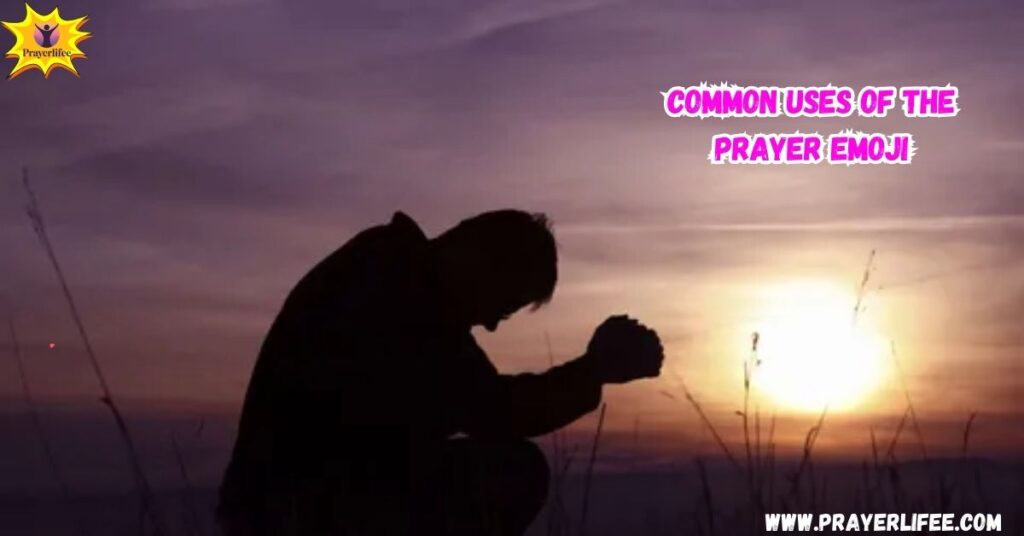
Expressing Prayer and Hope
One of the most prominent uses of the folded hands emoji is as a symbol of prayer or a gesture of hope. Many people send the prayers emoji when they want to express their hopes for someone going through a tough time. Whether it’s a loved one undergoing surgery, a friend facing a difficult decision, or a global event that requires collective hope, this emoji serves as a simple yet powerful way to send positive energy and prayers.
The prayer emoji meaning is universal; it’s not bound to any one religion or culture. People of different faiths and beliefs use the emoji to symbolize hope and compassion for others. In this way, the folded hands emoji has become an essential emoji for support.
Conveying Well Wishes and Condolences
The praying hands emoji also plays a significant role in sending well wishes or expressing condolences. When someone is grieving or going through hardship, sending this emoji can be a form of emotional support emoji. It’s a subtle yet deeply meaningful way to say, “I’m thinking of you,” or “You’re in my thoughts and prayers.”
Similarly, the praying hands emoji is often used to send condolences emoji, offering comfort during times of loss. It has become a go-to emoji for emotional connection during such sensitive moments. The act of sending these symbols shows empathy and concern for others’ well-being, making it an essential tool in digital solidarity.
Expressing Gratitude
Another powerful use of the prayer symbol in the digital world is expressing gratitude. The folded hands gesture emoji is widely recognized as a sign of appreciation. Whether you’re thanking someone for their kindness, support, or just their presence in your life, the prayers emoji adds sincerity and warmth to your message. In fact, it has become one of the most popular gratitude emojis, symbolizing a deep, heartfelt “thank you.”
Emphasizing Sincerity
The prayers emoji is also used to emphasize the sincerity of a message. Sometimes, words alone cannot fully capture the depth of our emotions, especially in online communication. By adding the praying hands emoji, we signal to the recipient that the sentiment is genuine and meaningful. It’s a symbol of prayer that goes beyond the simple action of typing a message – it’s an expression of spirituality and connection.
Impact of the Prayers Hands Emoji on Digital Communication
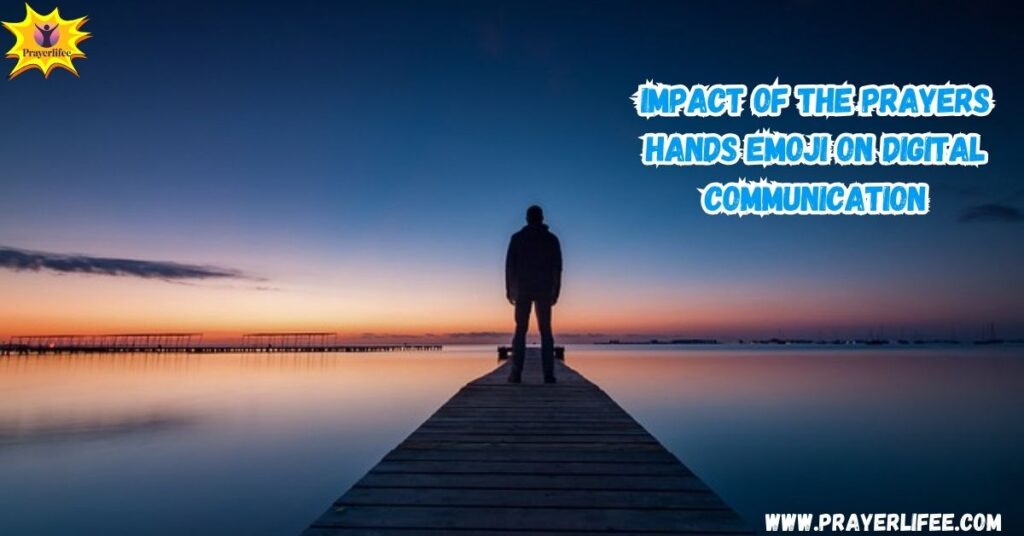
Non-Verbal Communication Enhancement
One of the most notable impacts of the folded hands emoji is its ability to enhance non-verbal communication in the digital world. Emojis, in general, have transformed the way we communicate by allowing us to express emotions, tone, and intent without the need for words. The praying hands emoji, in particular, adds a layer of depth to messages, often conveying feelings of empathy, hope, and spiritual support in a way that words alone cannot.
In a world where digital conversations often lack the nuances of face-to-face interactions, the prayer emoji helps convey complex emotions in a way that is universally understood. It’s a perfect example of how symbols of hope in digital communication can make our online interactions more meaningful and emotionally connected.
Cross-Cultural Understanding
The praying hands emoji has also played an important role in promoting cross-cultural emoji understanding. As this symbol is widely recognized across different cultures, it helps foster unity and compassion among people from diverse backgrounds. While the specific meaning of the folded hands gesture emoji may vary in different cultural contexts, the underlying sentiment – of offering goodwill, prayers, or support – remains the same.
In this way, the folded hands emoji has become a universal symbol that transcends religious and cultural barriers, making it an essential part of global communication in the digital space.
Read More:5 Powerful Prayers for Him (with 37 Uplifting “I Pray for Him” Quotes)
Emotional Connection and Support
The prayers emoji has the unique ability to foster emotional connections online. Digital communication, particularly text-based messaging, can often feel impersonal. However, by incorporating emojis like the prayers emoji, we can convey warmth, understanding, and compassion. Sending someone a folded hands emoji can go a long way in providing emotional support during a tough time.
This ability to communicate empathy and emotional support through emojis has made them powerful tools in digital empathy.
Controversies and Misinterpretations of the Prayers Emoji
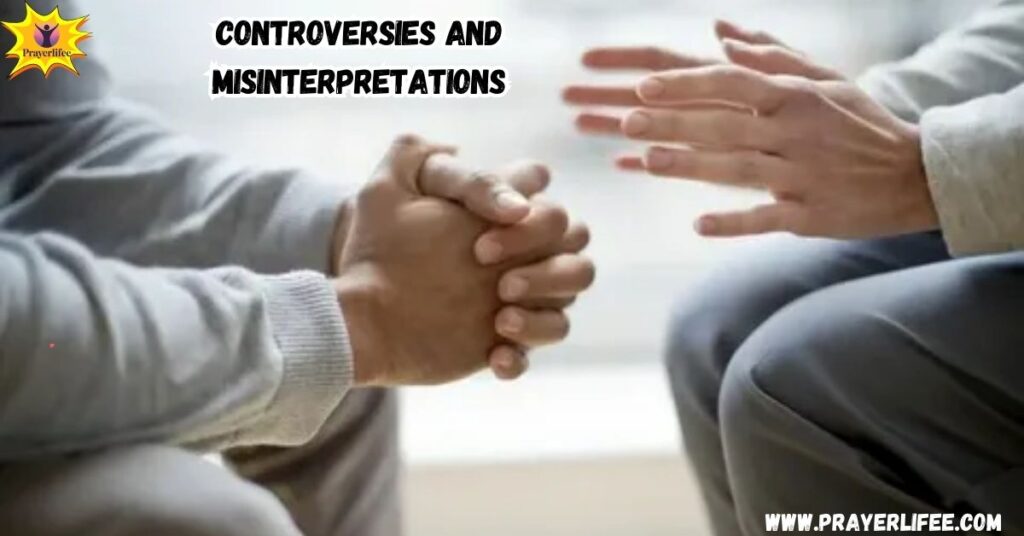
Despite its widespread use and positive associations, the prayers emoji is not without its controversies. The cultural significance of praying hands can vary greatly depending on the context. Some may interpret it solely as a religious symbol, while others may see it as a gesture of gratitude or respect.
Non-Religious Context
One of the challenges with the praying hands emoji is that it can sometimes be seen as inappropriate or out of place in non-religious contexts. While some may use it to express spiritual sentiments, others may not feel comfortable with its religious undertones. It’s essential to be aware of the context in which the emoji is used to ensure it aligns with the message being conveyed.
Superficial Expression
Another concern is that the praying hands emoji can come across as a superficial expression of support. In a world where emojis are often used in place of real conversation, it’s important not to rely too heavily on the prayer symbol to convey support. It’s essential to accompany the emoji for support with a thoughtful message to avoid sounding insincere or distant.
Cultural Insensitivity
The folded hands gesture emoji can also be viewed as culturally insensitive in certain situations. What might be an appropriate symbol of prayer in one culture could be seen as inappropriate or trivializing in another. As such, it’s important to use the prayers emoji with respect for the cultural context in which it’s being used. In some cases, it may be better to opt for a different emoji altogether if there’s any doubt about its appropriateness.
Recommendations for Avoiding Misinterpretations
To avoid misusing the prayers emoji and ensure it is used respectfully, it’s important to:
- Pair the praying hands emoji with a thoughtful message to avoid it coming across as impersonal.
- Be aware of the cultural meaning of emojis and the potential for misunderstanding. If in doubt, choose another digital communication symbol.
- Use the prayers emoji in the right context – whether expressing empathy, offering condolences, or showing gratitude.
By being mindful of these guidelines, you can ensure the prayers emoji is used appropriately and meaningfully.
FAQ’s
What does the praying hands emoji symbolize?
The praying hands emoji generally symbolizes prayer, hope, gratitude, or support. It is often used to convey empathy, encouragement, or positive thoughts during difficult times.
Is the prayers emoji used only for religious purposes?
No, the prayers emoji is not limited to religious contexts. It is widely used in non-religious settings to express hope, gratitude, and emotional support.
Can the prayers emoji be misunderstood?
Yes, the praying hands emoji can be misunderstood if used in the wrong context. It’s important to ensure that it aligns with the message being conveyed and is appropriate for the audience.
How can I use the prayers emoji appropriately?
The prayers emoji should be used thoughtfully to express genuine emotions. It’s best to accompany the emoji with a message that conveys empathy or support to avoid appearing insincere.
What are some alternatives to the praying hands emoji?
If you feel the praying hands emoji might be inappropriate for a particular situation, consider using alternative symbols such as the heart emoji, the hug emoji, or the thumbs-up emoji.
Conclusion
The praying hands emoji is much more than just a digital symbol. It is a powerful representation of human connection, empathy, and spiritual solidarity. Whether used to express gratitude, offer condolences, or show hope, the folded hands gesture emoji plays a key role in today’s digital communication symbols. As with all emojis, it’s essential to use it thoughtfully and consider the context in which it’s being used to ensure that it conveys the right message.
As we’ve seen, the prayers emoji plays a crucial role in enhancing non-verbal communication, allowing individuals to express complex feelings quickly and effectively. It fosters cross-cultural understanding, bridging gaps between different backgrounds and cultures, and offering a common language of compassion and empathy. However, it’s important to use the emoji thoughtfully,
